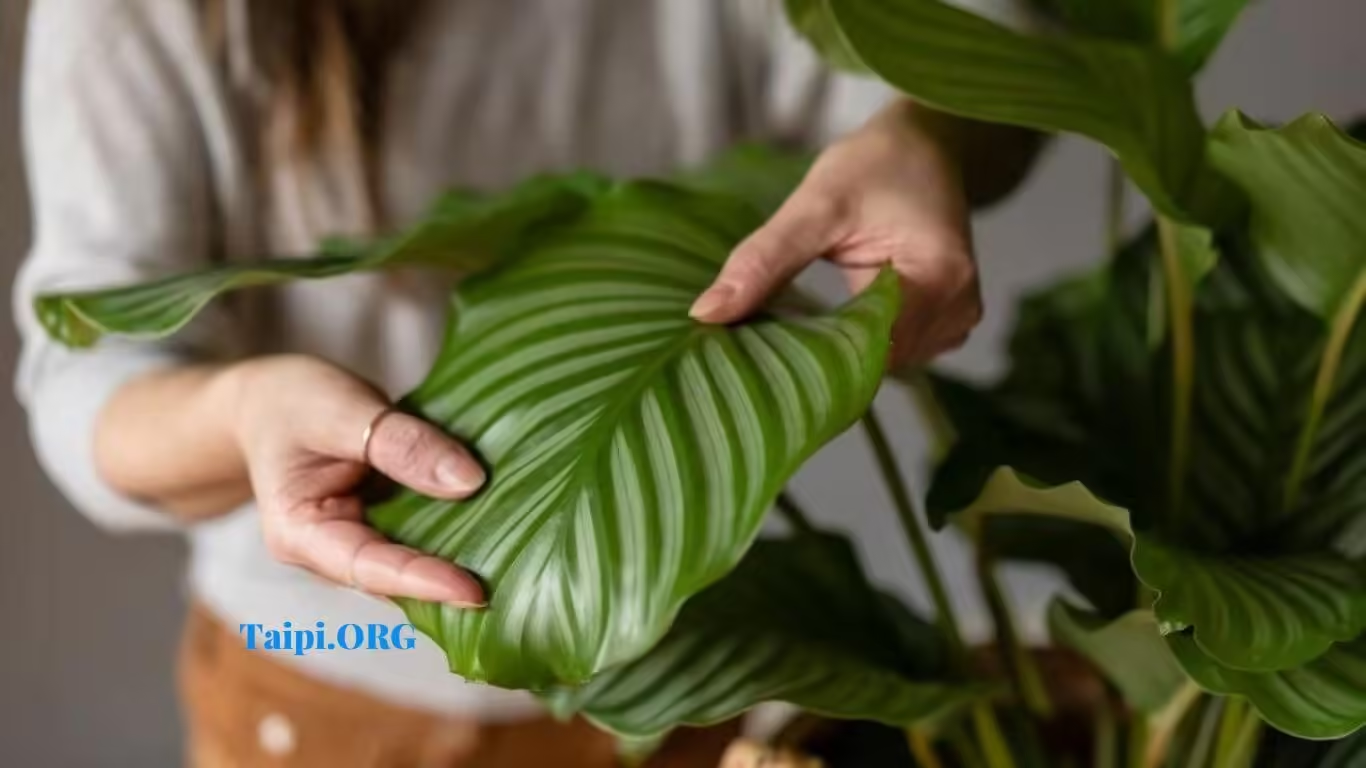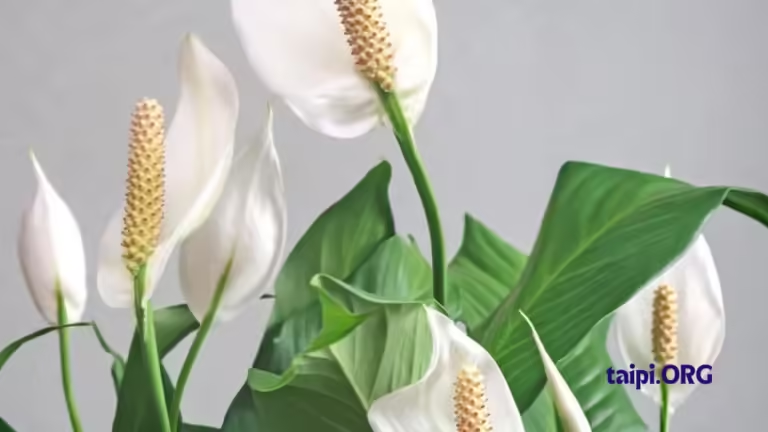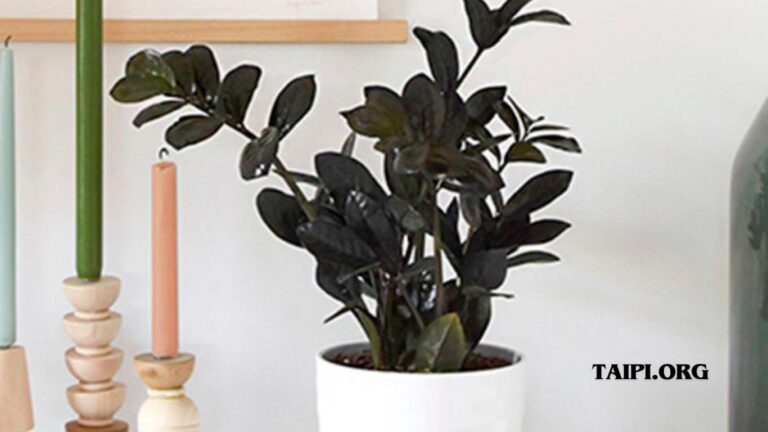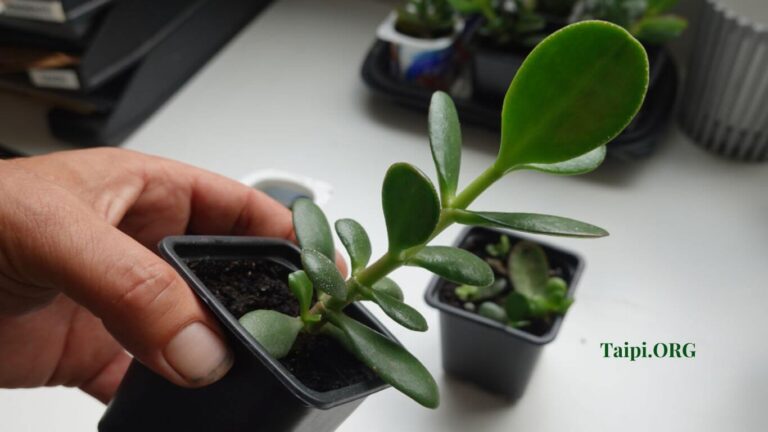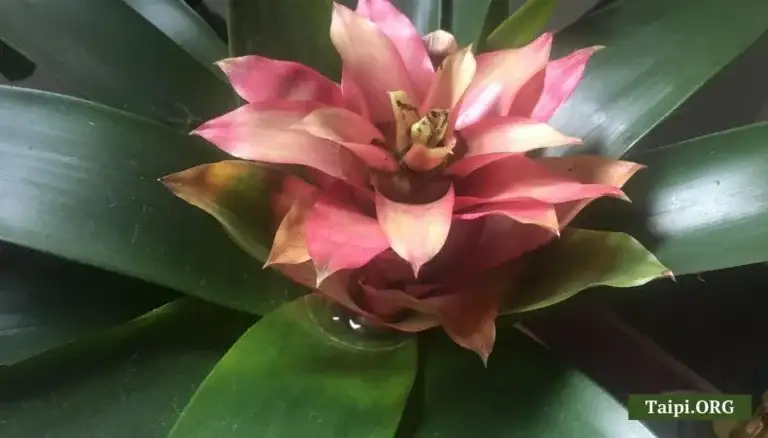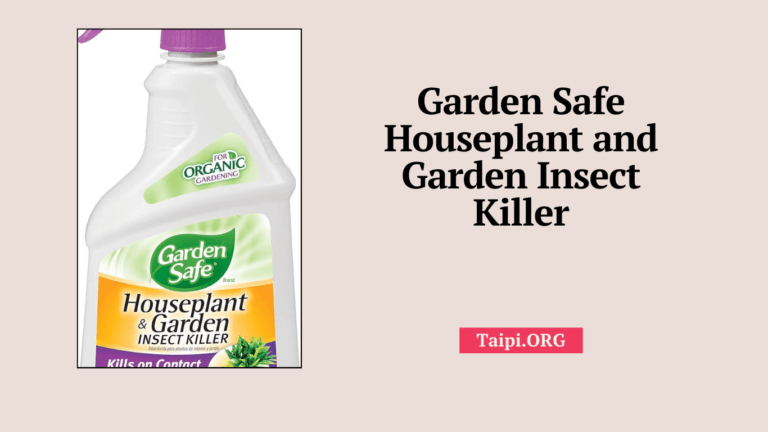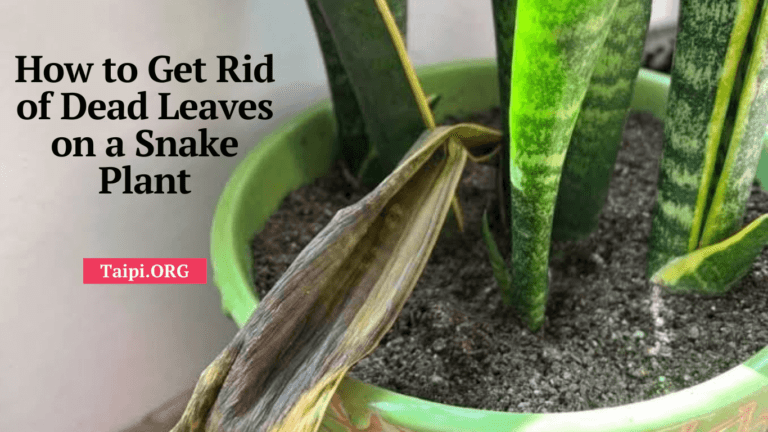15 Indoor Plants Large Leaves That Don’t Bloom
INDOOR PLANTS with large leaves can add a touch of lush greenery to your space, and many of them are chosen specifically because they don’t bloom. But why don’t they bloom yet they have large leaves? Are there any benefits for growing these plants? What do you need to know about their care? This article answers those questions by listing 15 indoor plants with large leaves that don’t bloom.
The 15 Indoor Plants with Large Leaves But Don’t Bloom
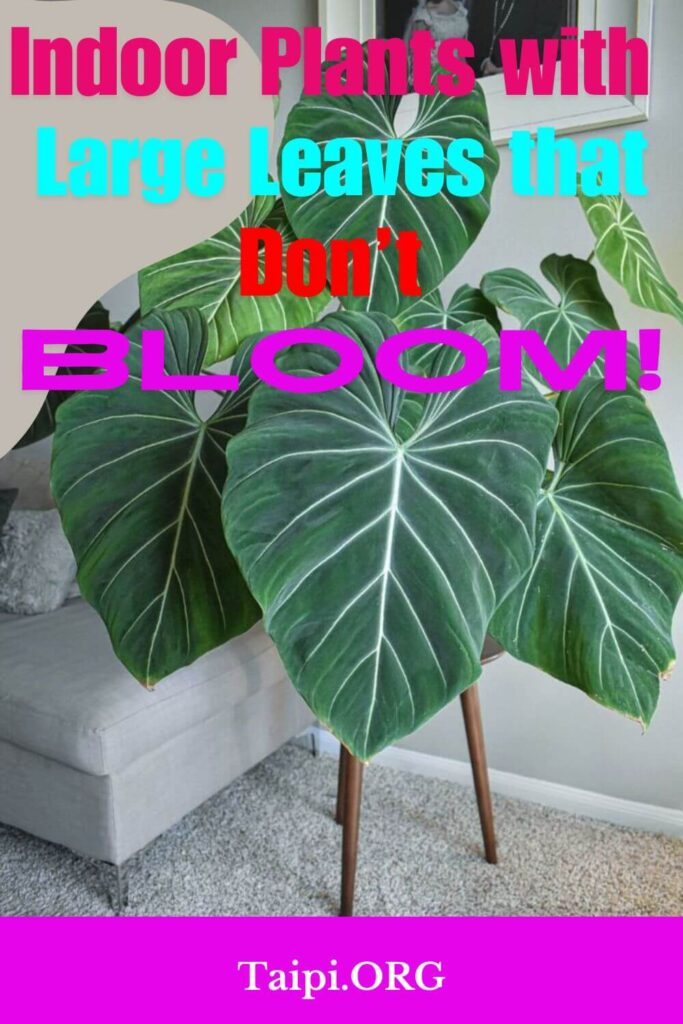
Here is a list of 15 indoor plants with large leaves but don’t bloom:
- Monstera Deliciosa (Swiss Cheese Plant)
- Fiddle Leaf Fig (Ficus lyrata)
- Bird of Paradise (Strelitzia reginae)
- Elephant Ear (Alocasia)
- ZZ Plant (Zamioculcas zamiifolia)
- Rubber Plant (Ficus elastica)
- Philodendron Xanadu
- Peace Lily (Spathiphyllum)
- Pothos (Epipremnum aureum)
- Dieffenbachia (Dumb Cane)
- Calathea (Prayer Plant)
- Cast Iron Plant (Aspidistra elatior)
- Kentia Palm (Howea forsteriana)
- Dracaena (Dragon Tree)
- Schefflera (Umbrella Tree)
1. Monstera Deliciosa (Swiss Cheese Plant)
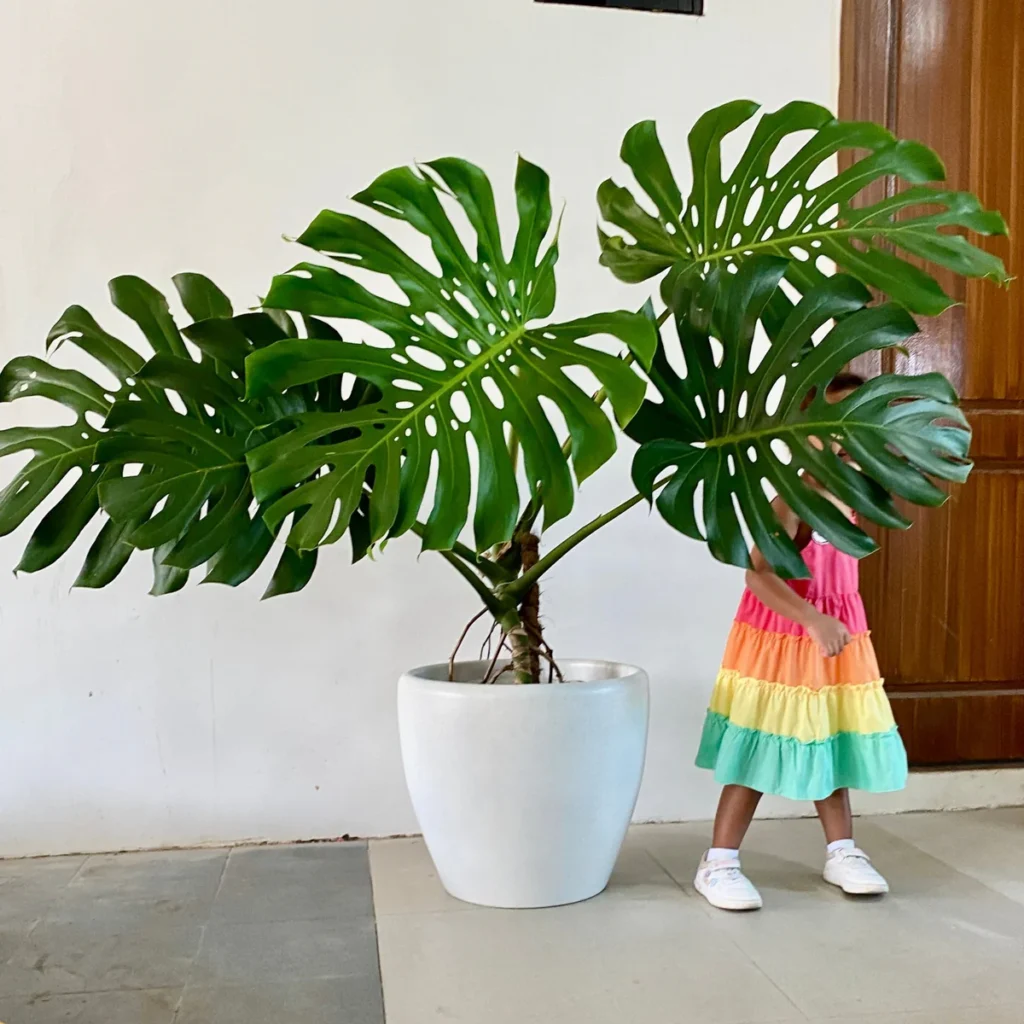
Care Requirements: Monstera thrives in bright, indirect light but can tolerate low light. It prefers well-draining soil and regular watering, allowing the soil to dry out between waterings.
Why It Doesn’t Bloom: In indoor conditions, Monstera rarely blooms because it requires specific environmental conditions such as high humidity and specific light cycles.
Benefits: Monstera’s large, perforated leaves add a tropical feel to any room and are excellent for air purification.
2. Fiddle Leaf Fig (Ficus lyrata)

Care Requirements: This plant needs bright, indirect light and moderate watering, with moist soil but not soggy. It appreciates occasional misting to increase humidity.
Why It Doesn’t Bloom: The indoor environment usually lacks intense light and specific conditions for blooming.
Benefits: The large, glossy leaves of the Fiddle Leaf Fig are highly decorative and can significantly improve indoor air quality.
3. Bird of Paradise (Strelitzia reginae)
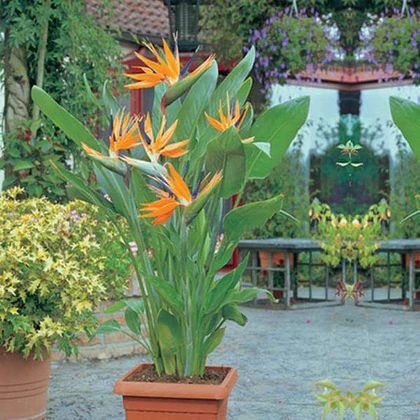
Care Requirements: Requires bright, indirect light and well-draining soil. Water when the top inch of soil is dry.
Why It Doesn’t Bloom: Indoors, it’s unlikely to bloom due to lower light levels and less ideal growing conditions.
Benefits: Its large, banana-like leaves create a striking visual impact and help to purify the air.
4. Elephant Ear (Alocasia)

Care Requirements: Prefers bright, indirect light and high humidity. Keep the soil consistently moist but not waterlogged.
Why It Doesn’t Bloom: The plant needs a particular environment to bloom, which is hard to replicate indoors.
Benefits: Alocasia’s enormous leaves make a bold statement and contribute to a humid microclimate, which is beneficial for other plants.
5. ZZ Plant (Zamioculcas zamiifolia)
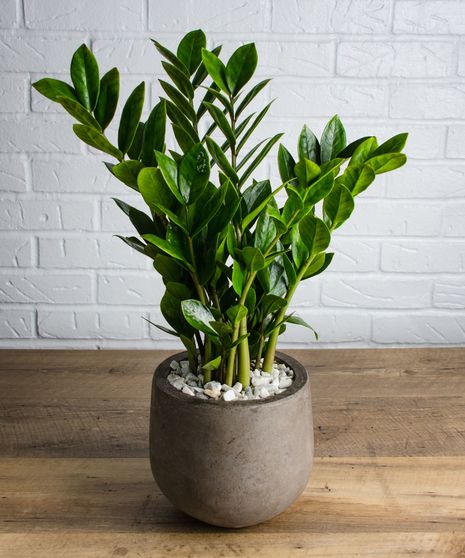
Care Requirements: Very tolerant of low light and infrequent watering. It prefers to dry out completely between waterings.
Why It Doesn’t Bloom: Blooms rarely, even in its natural habitat, due to its slow-growing nature.
Benefits: Known for its air-purifying qualities and ability to thrive on neglect, making it ideal for busy individuals.
6. Rubber Plant (Ficus elastic)
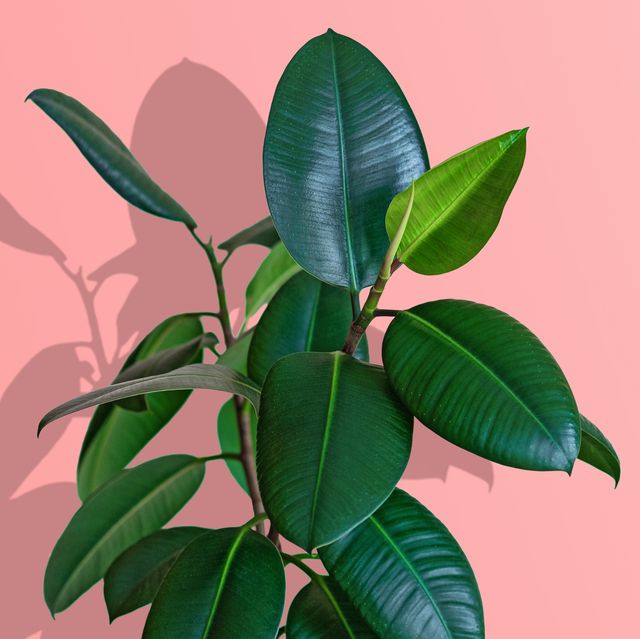
Care Requirements: Thrives in bright, indirect light and prefers to be kept slightly moist. It’s tolerant of lower light conditions but may grow more slowly.
Why It Doesn’t Bloom: Typically does not bloom indoors due to inadequate light and space.
Benefits: Its large, shiny leaves are excellent for removing toxins from the air.
7. Philodendron Xanadu
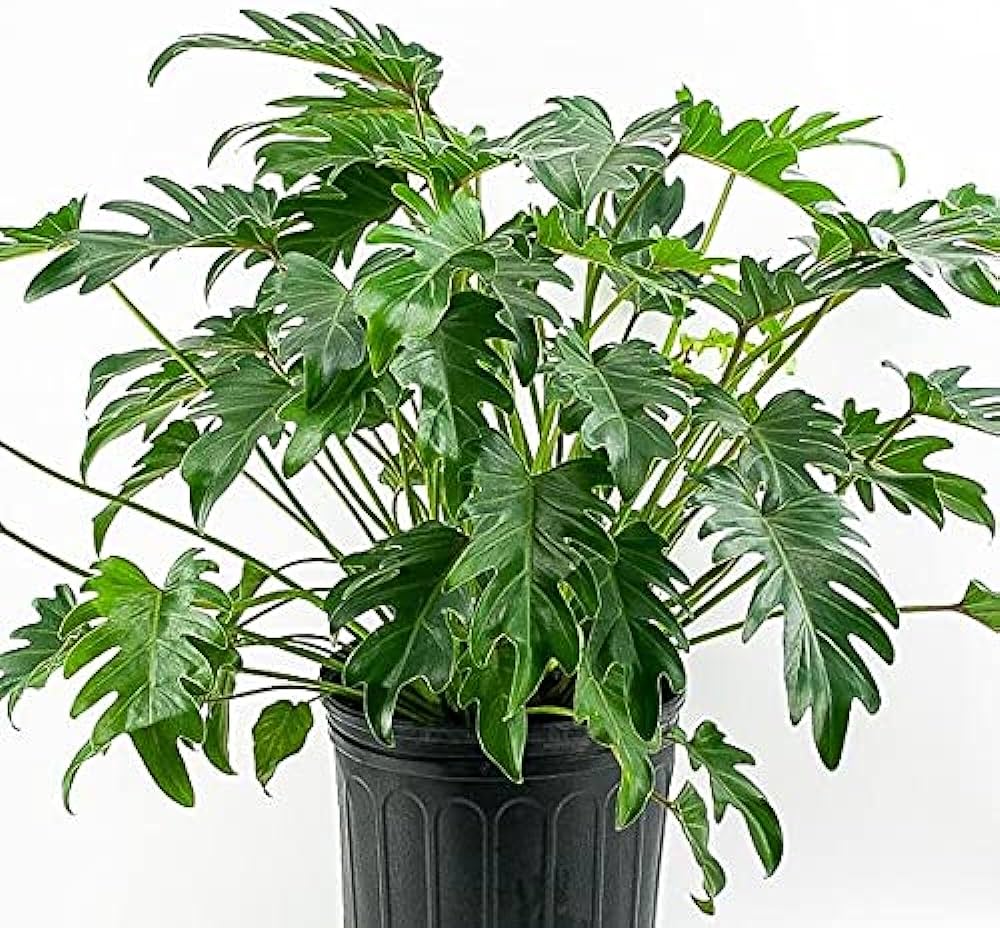
Care Requirements: Needs bright, indirect light and well-draining soil. Water when the top layer of soil feels dry.
Why It Doesn’t Bloom: Indoor conditions are often too inconsistent in terms of light and humidity.
Benefits: Its deeply lobed leaves create a tropical ambiance and help in filtering air pollutants.
8. Peace Lily (Spathiphyllum)
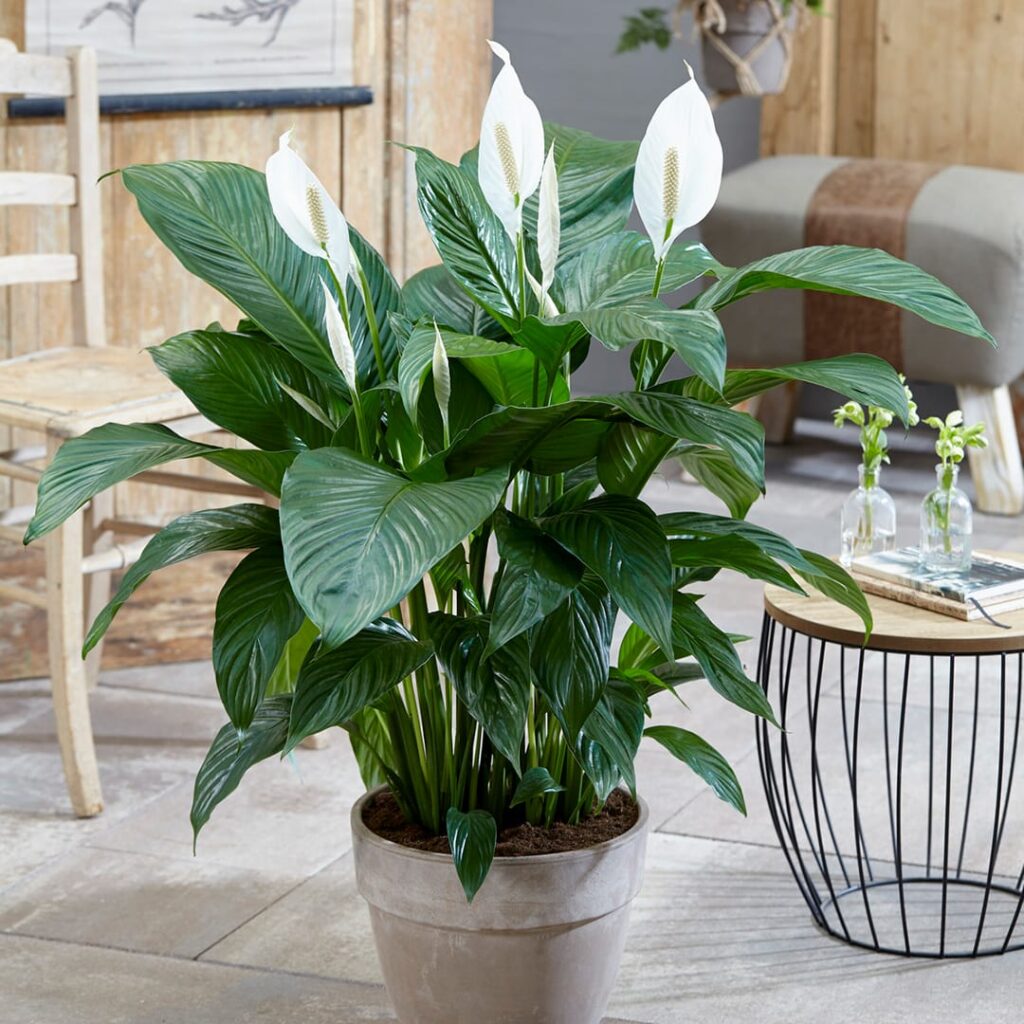
Care Requirements: Prefers low to bright indirect light and needs consistently moist soil.
Why It Doesn’t Bloom: While it does bloom, its white spathes are not its main attraction; the large leaves are its primary decorative feature.
Benefits: Renowned for its air-purifying capabilities, particularly effective in removing mold spores.
9. Pothos (Epipremnum aureum)
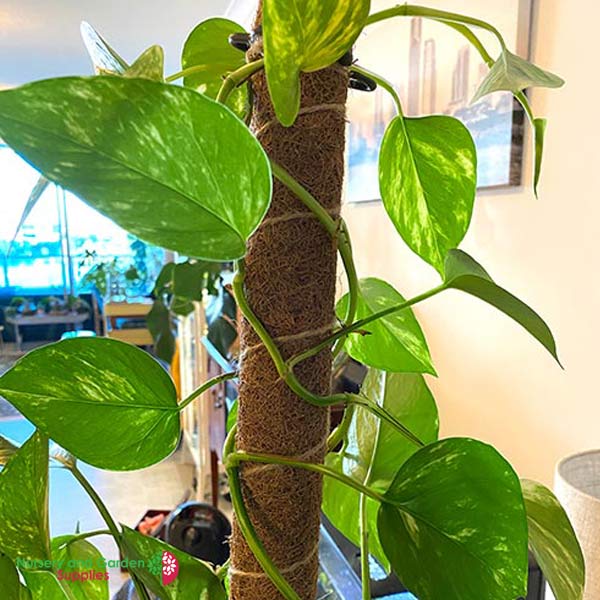
Care Requirements: Tolerates low light but prefers bright, indirect light. Water when the top inch of soil is dry.
Why It Doesn’t Bloom: Rarely blooms indoors due to lower light levels and less optimal growing conditions.
Benefits: Easy to care for, excellent air purifier and its trailing vines with large leaves add greenery to high and low spaces.
10. Dieffenbachia (Dumb Cane)
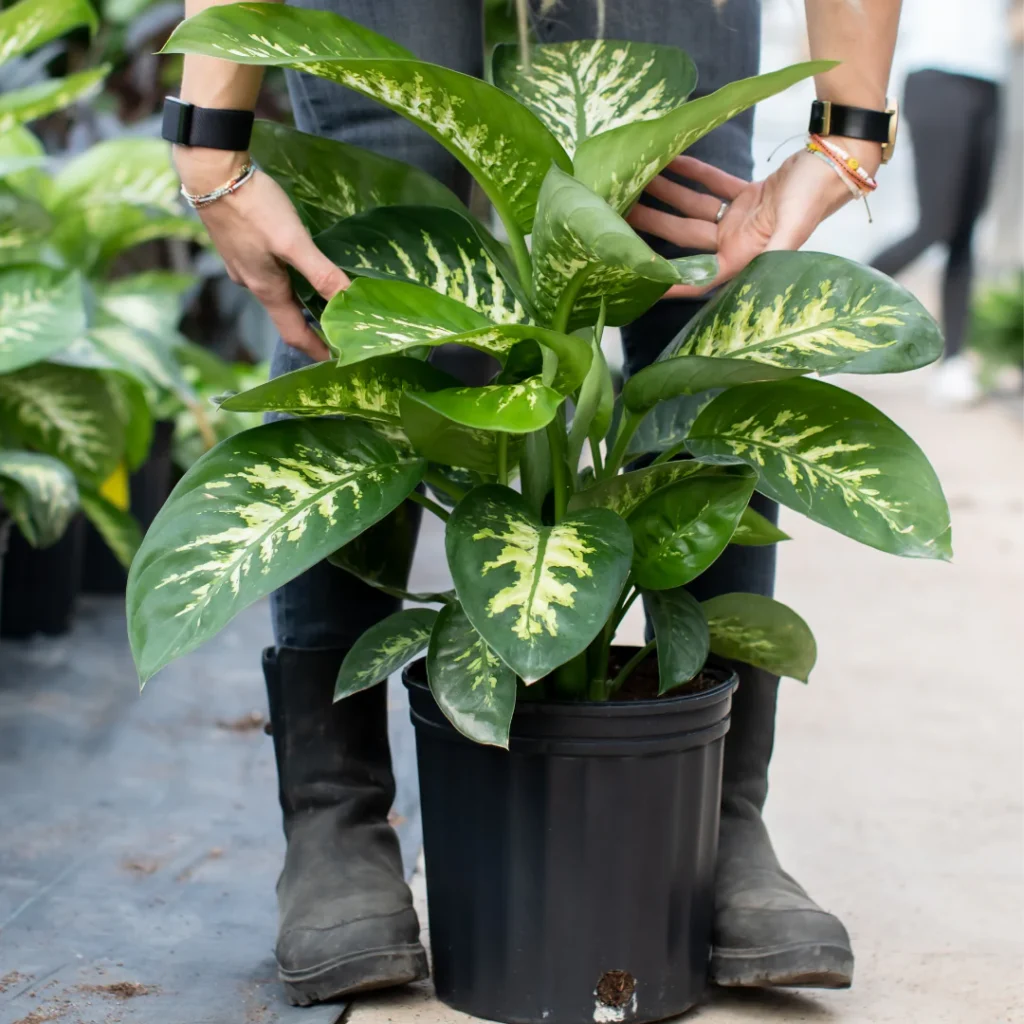
Care Requirements: Prefers bright, indirect light and evenly moist soil. Avoid direct sunlight which can scorch the leaves.
Why It Doesn’t Bloom: Indoor conditions typically do not provide the light intensity required for blooming.
Benefits: Large, variegated leaves are highly decorative and it helps reduce indoor air pollution.
11. Calathea (Prayer Plant)

Care Requirements: Needs bright, indirect light and high humidity. Keep the soil moist but not soggy.
Why It Doesn’t Bloom: It’s difficult for this plant to bloom indoors due to its need for very specific humidity and light conditions.
Benefits: Known for its striking foliage and ability to close its leaves at night, adding dynamic movement to your space.
12. Cast Iron Plant (Aspidistra elatior)
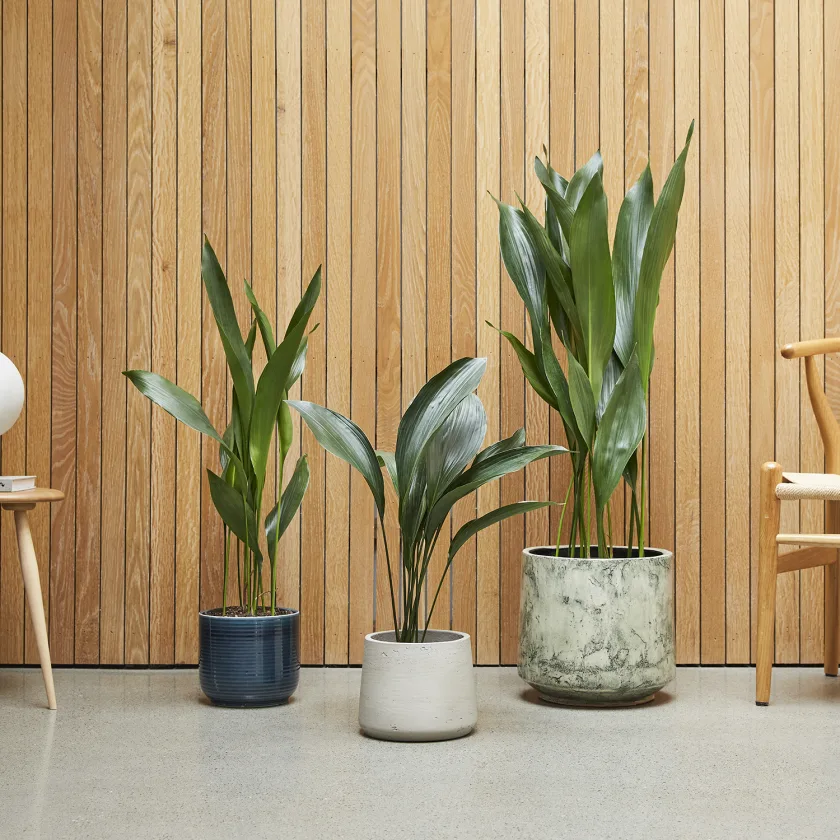
Care Requirements: Extremely tolerant of low light and irregular watering. Prefers well-draining soil.
Why It Doesn’t Bloom: Rarely blooms indoors as it generally requires outdoor conditions to flower.
Benefits: Very hardy and durable, it’s perfect for low-maintenance greenery and can tolerate neglect.
13. Kentia Palm (Howea forsteriana)
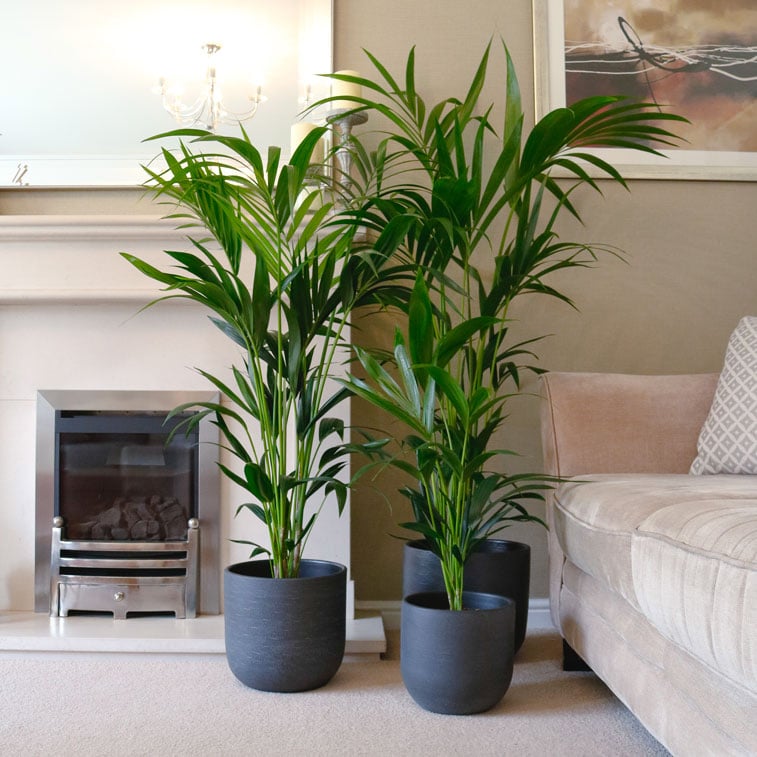
Care Requirements: Thrives in bright, indirect light but can tolerate low light. Keep the soil slightly moist but not waterlogged.
Why It Doesn’t Bloom: Needs specific outdoor conditions to bloom, which are hard to replicate indoors.
Benefits: Adds a touch of elegance with its arching fronds and helps improve indoor air quality.
14. Dracaena (Dragon Tree)
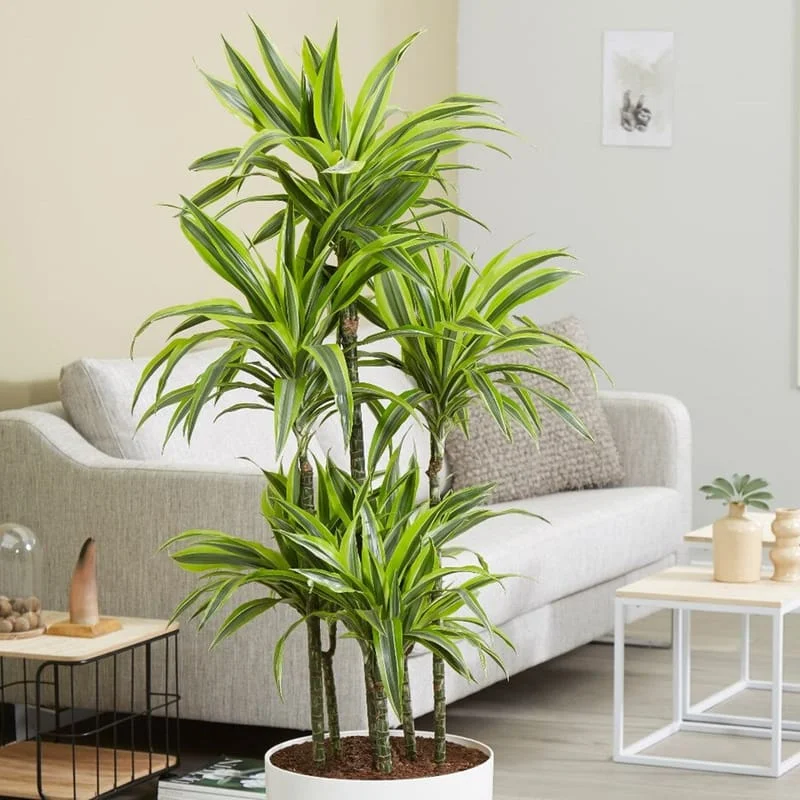
Care Requirements: Prefers bright, indirect light but can tolerate lower light levels. Water when the top inch of soil is dry.
Why It Doesn’t Bloom: Rarely blooms indoors due to insufficient light and space.
Benefits: Its long, arching leaves add height and texture to indoor spaces and it’s an effective air purifier.
15. Schefflera (Umbrella Tree)
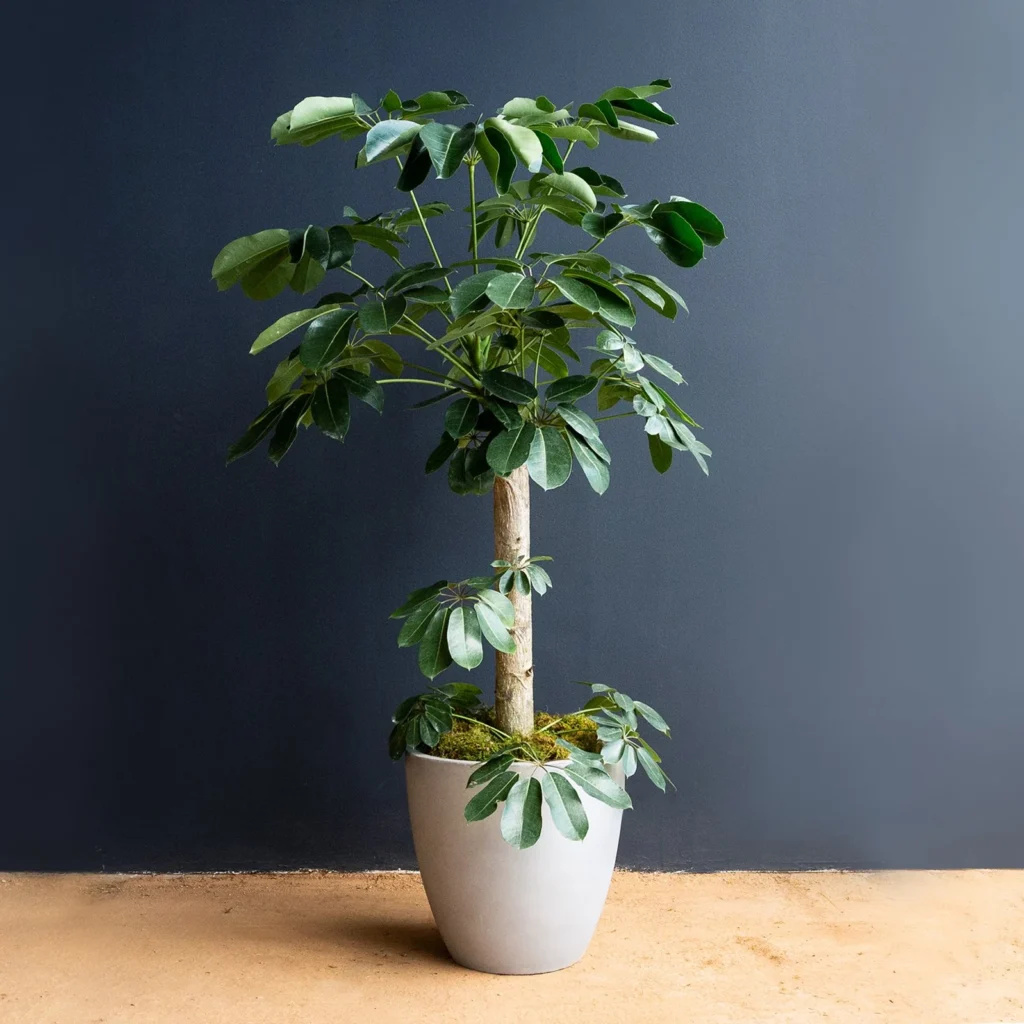
Care Requirements: Needs bright, indirect light and evenly moist soil. Prone to root rot if overwatered.
Why It Doesn’t Bloom: Indoor environments rarely provide the light intensity needed for blooming.
Benefits: Its distinctive, umbrella-like leaf clusters are visually striking. The plant helps improve air quality.
Conclusion
These indoor plants with large leaves are not only aesthetically pleasing but also offer various benefits, from air purification to creating a calming, natural environment.
Their lack of blooming is usually due to the specific and often unreplicable conditions they require, making their lush foliage the main attraction.
By understanding their care requirements, you can ensure they thrive and continue to enhance your indoor space.

